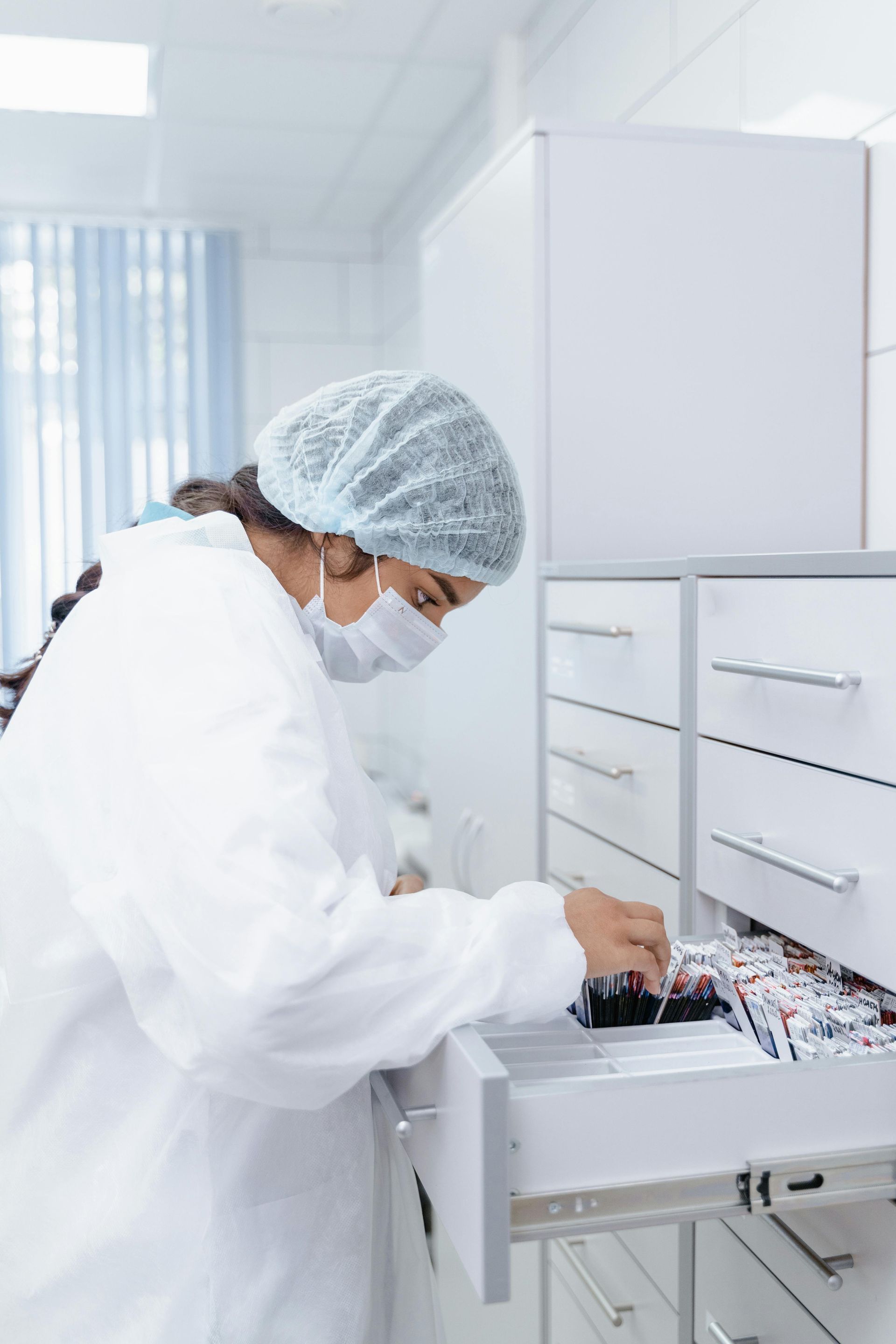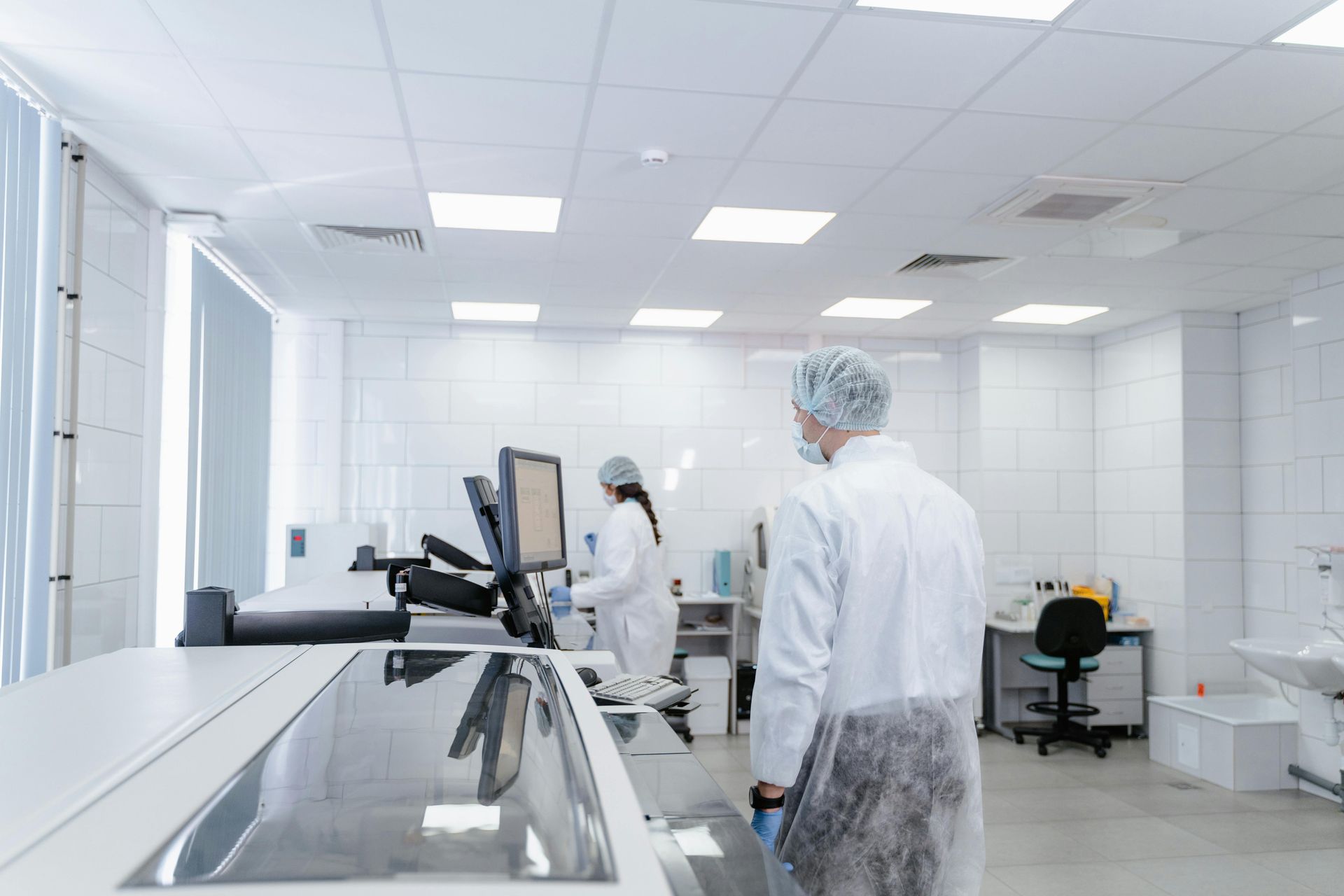Medical Device Submission: What Go to Market Pathways Can You Take?
Any medical device that will be marketed and sold in the United States must receive the necessary approval from the FDA through their regulatory process. There are multiple pathways to navigate this regulatory process.
Most companies use and are aware of the 501(k) process which is the most commonly used. The other two commonly used pathways are PMA and de Novo. There are actually seven different pathways, all with their own benefits and challenges.
Understanding these options will help you communicate more effectively with regulatory professionals and the FDA. It will also help you understand how regulation can impact the development process, aiding in getting products to market quickly and efficiently, avoiding problems before they even occur.
A brief overview of each pathway is necessary to better decide which option is best for you and your medical device.
1. Premarket Notification / 510(k)
The majority of Class II and certain Class I devices require Premarket Notification 510(k). When submitting a 510(k), you are providing evidence to the FDA that your device is “substantially equivalent” to a similar device already on the market.
Your device must share the same use and characteristics as this previous device. Through this process, you will compare and contrast the devices showing your product is similar in effectiveness and safety.
2. Premarket Approval (PMA)
Because of the higher risk of Class III devices, they are required to have Premarket Approval to be marketed in the US. If your Class I or II device is unable to prove equivalency through a 501(k), this option might be required for your device as well.
During this process, you will be required to provide scientific evidence through a clinical trial to prove the effectiveness and safety of your device. After providing evidence, the FDA has a multi-step review process before providing an approval or denial of the device.
3. Product Development Protocol (PDP)
If the technology which your device uses is well established in the industry, the Product Development Protocol (PDP) pathway is another option for you. With this method, the clinical process and the gathering of information for approval are merged into one mechanism.
This pathway is structured as a contract between you and the FDA, agreeing on how the effectiveness and safety of the device will be shown. The contract will describe the design and development process before starting so if you follow the agreed-upon process, your device will be considered having a PMA once completed.
4. De Novo
For those developing a lower risk, novel device and can provide evidence showing the low risk, the de Novo pathway is a possible option for you. There must be no device already on the market that is similar in which you could use a 501(k) to submit a de Novo request.
Once your Class I or II device goes through this risk-based classification process and is approved, it can be used as the predicate device for future 501(k) submissions.
5. Humanitarian Device Exemption (HDE)
If your device is intended for a condition or disease that affects a small portion of the population, the Humanitarian Device Exemption (HDE) might be the best option for you. This is because you will have difficulty gathering the necessary clinical evidence with the rarity of the disease and there is not a comparable device already on the market.
The HDE pathway starts with the FDA granting you a Humanitarian Use Device (HUD) exemption. This exemption is for devices used to treat a condition or disease that affects less than 8,000 individuals in the US per year. Then after developing the device, you will apply for the HCE for review and approval.
6. Custom Device Exemption (CDE)
Devices that are custom-made for a specific patient, ordered by an individual physician or dentist, can be approved through the Custom Device Exemption (CDE). Your device will be exempted from the 510(k) or PMA process.
For this exemption, you are limited to no more than 5 units built per year. The product must be designed to treat a specific condition that no other device is available to treat. It is also required to be manufactured on a case-by-case basis for the specific needs of a patient.
7. Expanded Access Program (EAP)
When there is an emergency and a seriously ill patient has no other alternatives, the Expanded Access Program (EAP) is a way for the device to be quickly approved for the benefit of the patient. This is sometimes called “compassionate use” and will help the patient gain access to a product outside of clinical trials.
There are very strict requirements for a device to use the EAP. All of the following must apply:
- The patient’s life is immediately threatened by disease or condition
- There is no alternative device for this purpose
- Enrollment in a clinical trial isn’t possible
- The benefits to the patient outweigh any risks involved
- Providing the device will not interfere with ongoing trials
CfPIE: Understanding Medical Device Submission
Choosing the right pathway to market is just one part of the medical device submission process. During our course “Intro to Medical Device Submission”, you will understand the regulatory requirements necessary to bring medical devices to market, learning the advantages and challenges of each pathway.
Have questions? Get in touch with a member of the CfPIE team by calling 1-610-648-7550 or emailing info@cfpie.com.
Blog Categories
Stay Informed


